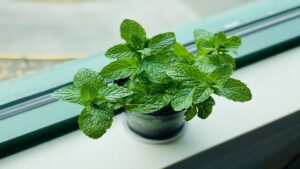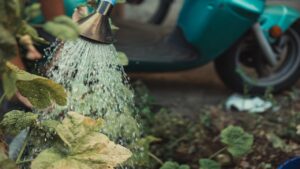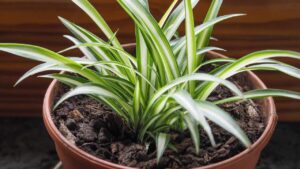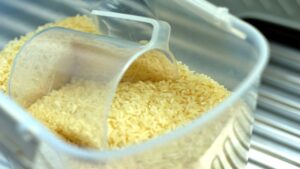They are Not Plants and They are Not Insects. They Can Move, Hunt Prey and Seek the Best Environment
Fungi are extraordinary organisms found all over the world, capable of adapting to different environments and performing important functions in the ecosystem. Within the fungal kingdom, myxomycetes represent a unique and captivating category.
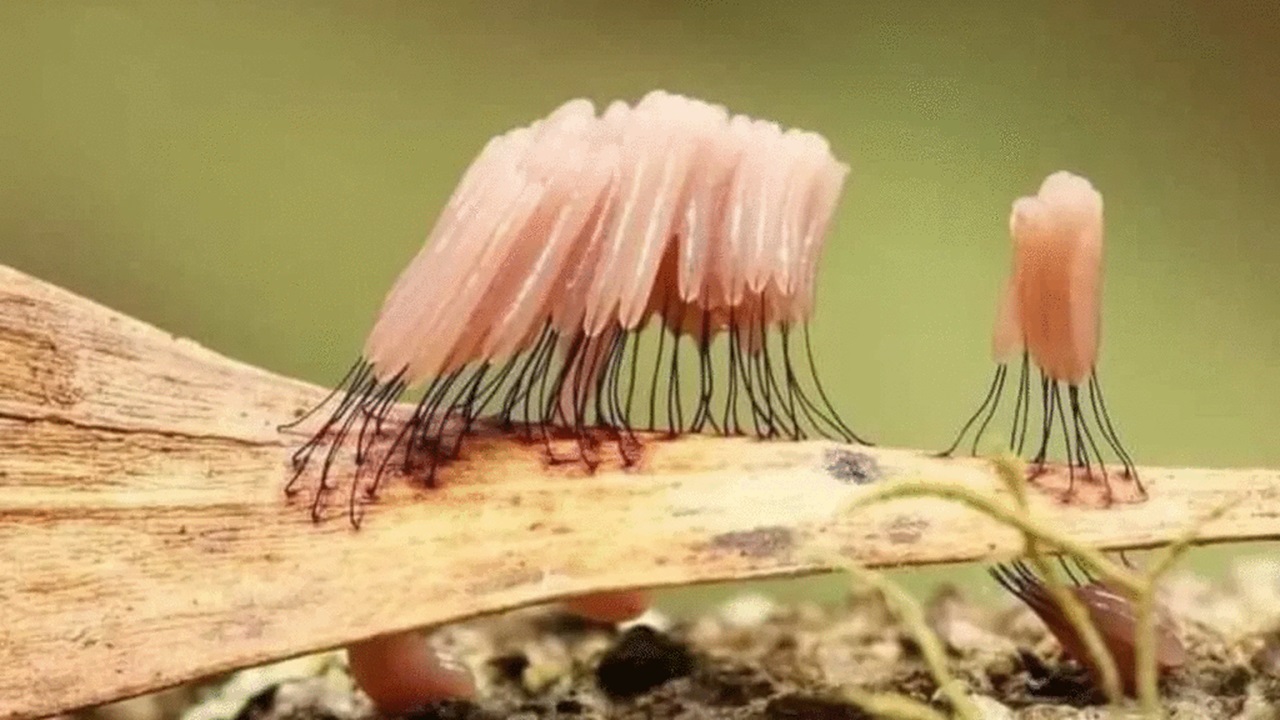
What are myxomycetes and where do they live?
Myxomycetes, often referred to as mucilaginous molds, belong to a category of unicellular or multicellular heterotrophic organisms. They are primarily found in soil, decaying wood, and various moist environments. While they are not considered true mushrooms, they constitute a distinct kingdom of their own.
They can be found in various settings, including forests, meadows, stagnant water, and even on objects like garden chairs. However, they are most readily observed during periods of warm, humid weather, as these conditions provide ideal circumstances for their growth and visibility.
These organisms feed on decaying organic matter, including fallen leaves, rotting wood, and animal waste. Their capacity to decompose dead organic material plays a critical role in nutrient cycling within the soil. By breaking down and recycling nutrients, myxomycetes make them accessible to other plants and organisms in the ecosystem’s food chain. Most myxomycetes obtain their nutrients by absorbing them through their cell membranes. However, some, known as predators, feed on other microorganisms, like bacteria or protozoa.
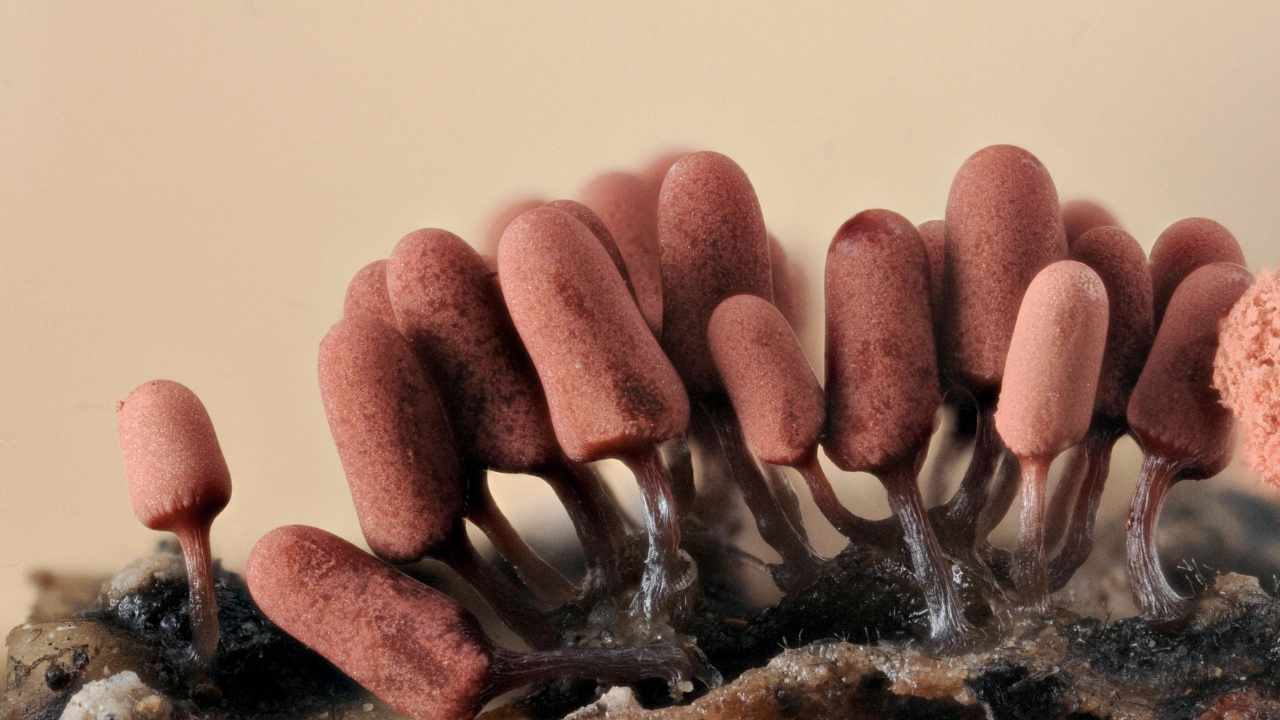
One fascinating characteristic of these organisms is the ability to aggregate and form structures of varying sizes and colors. Thanks to this union and the color, which varies from pink, yellow, orange, or red, they become visible to the naked eye.
Certain species of myxomycetes have also been used in the medical and pharmaceutical fields. For example, Physarum polycephalum has been studied for its potential antibiotic and anticancer properties. Other myxomycetes have been valuable models for studying cellular differentiation and development mechanisms. However, there is still much to explore and uncover regarding the full potential of these fascinating organisms.
